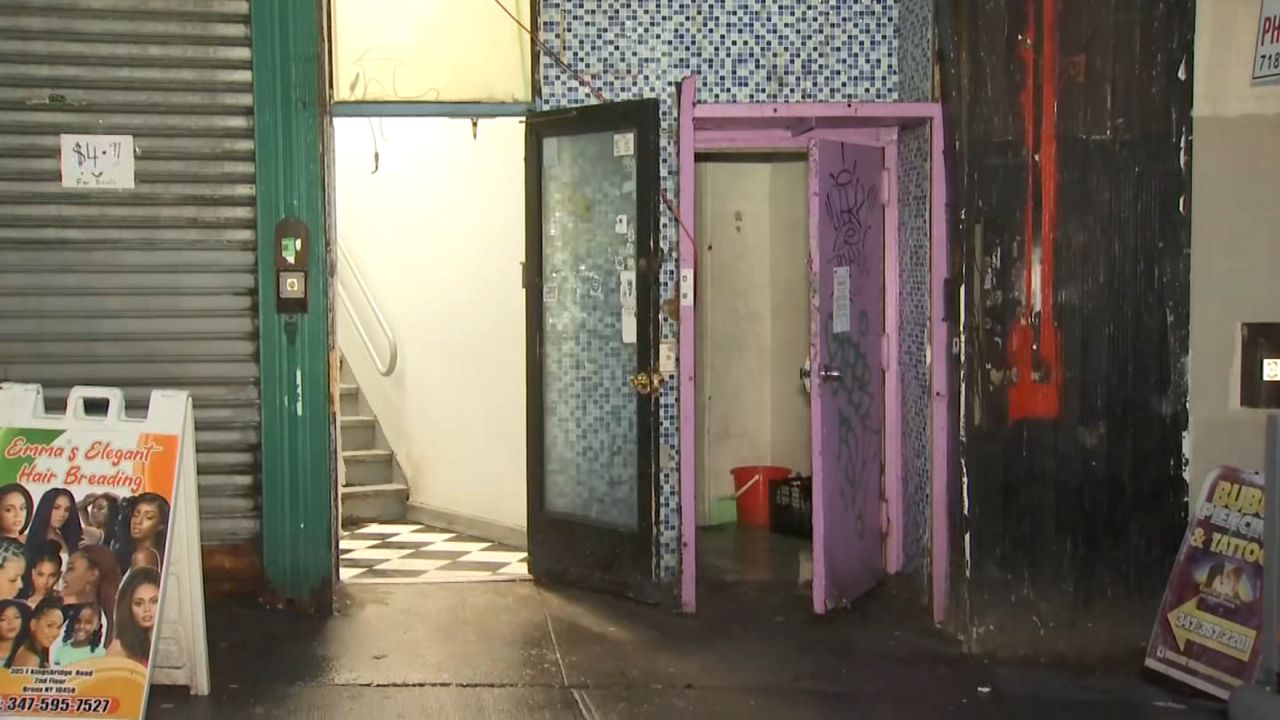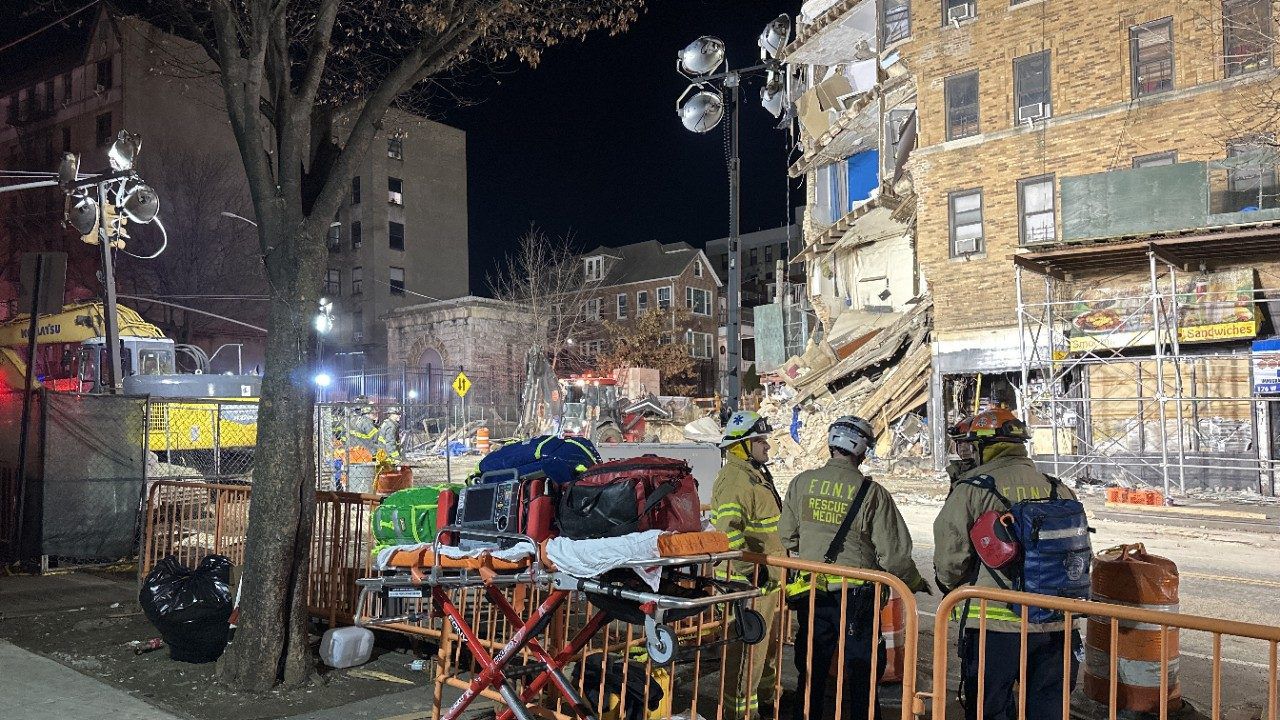Edwin Ortiz left the city’s homeless shelter system this summer after three very long years.
“It’s a crying shame that people come to a shelter and have to lose their life,” he told NY1 outside of the Skyway Shelter in Queens. “They lose, I’ve seen people. One guy in the alley, at the end of the alley, he was dead.”
That’s just some of what he saw.
“It was hell,” he said. “What I tried to do is just be out all day, come back at night and go to sleep. I got here, because like I said, my wife died and I am moving on. I spent a couple of years crying in here. But I am getting much better.”
What You Need To Know
- New data obtained by NY1 shows reported violence, sex offenses and overdoses climbed in city shelters last year
- NY1 has also obtained exclusive videos from inside the shelter system, detailing some of the violence that occurs there
- The rise in violence existed prior to the current crisis as more migrants come to the city seeking shelter in an already stressed system
Ortiz says he witnessed drug use and overdoses.
According to exclusive data obtained by NY1, 20 residents of the Skyway Shelter system, which an official there says covers eleven different sites, died in 2021. Fifteen of those deaths occurred off site.
Last year saw a 58% increase in the number of homeless shelter residents citywide who died compared to 2019.
Under the Freedom of Information Law, NY1 obtained records detailing thousands of violent and serious incident reports in the New York City shelter system, showing a rise in the number of reported deaths, overdoses, sex offenses and fights.
The increase is coming from within the city’s single adult shelter system.
But it also comes as the entire system is getting more crowded and stressed as migrants from the southern border enter shelters across the city.
NY1 obtained exclusive video from sources inside the shelter system, from multiple locations, incidents that have occurred from late 2020 to this summer.
They show fights and violence.
In one, a man is seen exposing himself to a shelter staff member as he walks down the hall.
The videos back up the data.
For instance, the number of reported fights between 2019 to 2021 climbed nearly 16% to 1,425.
Of those, 968 were fights with a serious injury or a weapon was present or used.
We know firearms have been recovered inside, including one that was found in the 30th Street men’s shelter in November.
Shelter residents told NY1 some locations can be violent places.
“I had got stabbed while I was here, a small altercation came to the point where a guy swung a knife and blocked it,” Jesse Martinez told us outside of the shelter he was staying at in Brooklyn. “Lucky it didn’t go any further than that.”
The numbers also show overdoses — or suspected overdoses where naloxone was used — skyrocketed last year in shelter.
In 2019, there were 701 incidents in the city shelter system. In 2020, that number ticked up to 829 and in 2021, it went up even higher to 1093.
That means last year, there were on average three potential overdoses a day in the city shelter system.
According to the Department of Homeless Services, 90% of the overdoses that occurred in 2021 were reversed. And officials say they train all shelter providers to use naloxone.
But clearly problems in the shelter system continue to persist.
The data also shows reported sex offenses climbing inside shelter.
In 2019, there were 368. That climbed up to 588 in 2021.
These numbers include instances where a shelter resident was a witness, a perpetrator or a victim.
In response to this story, a spokesperson for the Department of Homeless Services said these increases occurred because of increased reporting of serious incidents in shelter. They also noted overdoses are climbing nationwide.
They also sent NY1 this statement:
“As part of our efforts to prioritize the health and safety of our clients at all times DSS-DHS continues to strengthen and enhance our reporting mechanisms to capture any instances that may impact the wellbeing of our clients, such as broadening the scope of reportable incidents and certain categories to include incidents which may not have been reported in prior years. As we continually build on our existing efforts to expand reportable incidents in the shelter system, a year-on-year comparison of these reports would offer an inaccurate representation of actual trends on the ground.”






)
_DNT_Squatters_(CLEAN))

